1ASFK05625-Chevrolet Pontiac Saturn Front 8 Piece Steering & Suspension Kit TRQ PSA63474
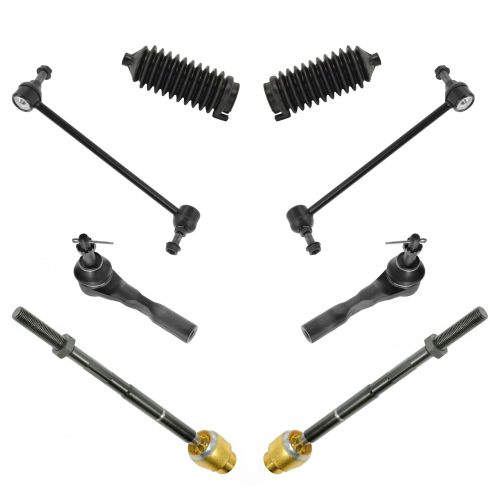






















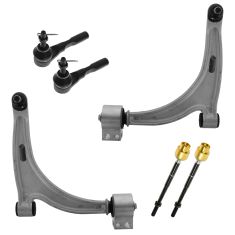
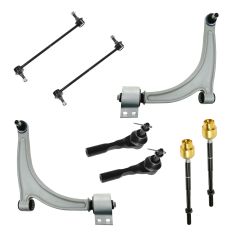
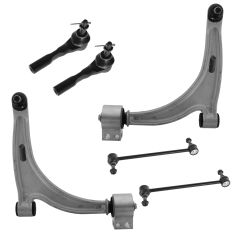
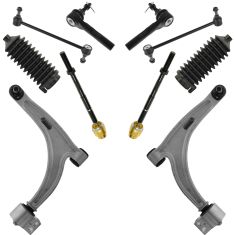
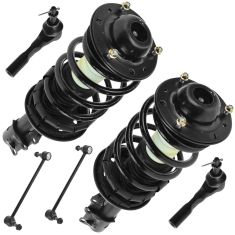
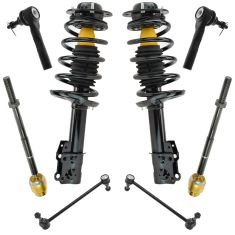
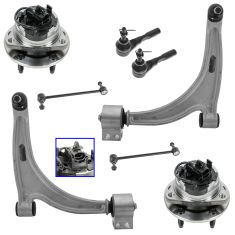
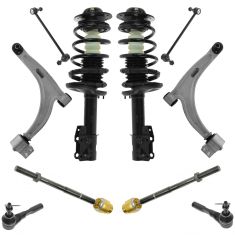
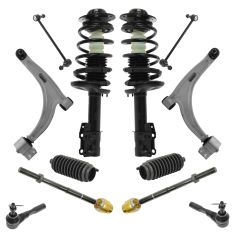
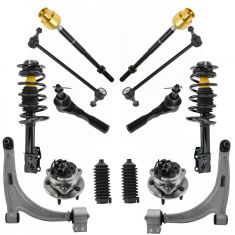
Replaces
2006 Chevrolet Malibu with 300mm Front Sway Bar Links with Hydraulic Steering without RPO Code FE5 (Performance Ride Handling Suspension) Front 8 Piece Steering & Suspension Kit TRQ PSA63474












You may also like

6 Piece Steering & Suspension Kit
$184.95

8 Piece Steering & Suspension Kit
$194.95

6 Piece Steering & Suspension Kit
$194.95

10 Piece Steering & Suspension Kit
$199.95

6 Piece Steering & Suspension Kit
$243.95

8 Piece Steering & Suspension Kit
$263.95

8 Piece Suspension & Drivetrain Kit
$273.95

10 Piece Steering & Suspension Kit
$385.95

12 Piece Steering & Suspension Kit
$390.95

14 Piece Steering, Suspension, & Drivetrain Kit
$489.95
Product Reviews
Loading reviews
3.00/ 5.0
3
3 reviews
Great
September 21, 2018
Everything was great except the boots they were a little complicating and hard to work with to put on but other then that everything else was great thank you
Seem to be quality replacement parts
December 28, 2018
Havent installed all parts yer but from what I can tell they are decent quality. I wish the tie rod ends had grease zerts.
Front end steering kit
February 10, 2020
The kit was not complete. The box was packed with 3 air bags and the box was trashed. It had been taped up after shipped. Looks like one inner tie rod and pitman arm got lost when shipped. Hope to get the remaining parts with another order.
Customer Q&A
No questions have been asked about this item.
Chevrolet is a registered trademark of General Motors Company. 1A Auto is not affiliated with or sponsored by Chevrolet or General Motors Company.
See all trademarks.















